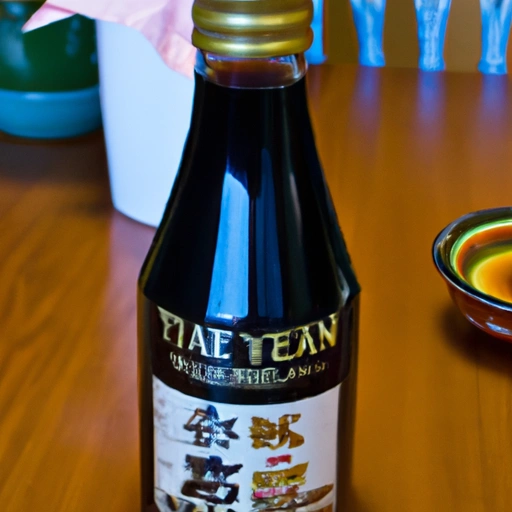Teriyaki Sauce
Description

Teriyaki sauce is a traditional Japanese condiment known for its rich flavor profile, which includes a perfect balance of sweet, savory, and umami tastes. This versatile sauce typically consists of soy sauce, mirin (a sweet rice wine), sake (Japanese rice wine), and sugar. Variations may include ingredients like ginger, garlic, and sesame, depending on the chef's preference or specific recipe.
In both American and European cuisine, teriyaki sauce is measured in customary units like cups and tablespoons, as well as metric units such as milliliters and grams, making it accessible for international cooking enthusiasts.
Common uses
Teriyaki sauce is commonly used as a marinade or glaze for grilled or roasted meats and vegetables. It also serves as a flavorful dipping sauce and can be added to stir-fries for an instant boost of flavor. Its widespread use in various dishes has made it a staple in pantries across the globe.
Nutritional value
Calories
Teriyaki sauce is relatively low in calories, with approximately 20 to 30 calories per tablespoon (15 ml), though this can vary based on the specific recipe or brand.
Protein
It contains minimal protein, usually less than 1 gram per tablespoon (15 ml).
Fat
Teriyaki sauce is generally low in fat, with less than 1 gram per tablespoon (15 ml).
Carbohydrates
The sauce has about 5 to 7 grams of carbohydrates per tablespoon (15 ml), primarily from sugars used in its preparation.
Vitamins
While not a significant source of vitamins, some teriyaki sauces may provide small amounts of vitamin B from the soy sauce.
Minerals
Teriyaki sauce contains minerals such as sodium, with the amount varying greatly depending on the recipe or brand. Homemade versions may have less sodium compared to store-bought ones.
Health benefits
Teriyaki sauce can be part of a balanced diet when consumed in moderation. The fermentation process of soy sauce, a primary ingredient, can contribute to gut health. The sauce also offers an enjoyable way to enhance the flavor of nutrient-dense foods like lean proteins and vegetables, encouraging their consumption.
Potential risks
High sodium content is a concern with teriyaki sauce, especially for individuals with hypertension or heart conditions. Additionally, the sugar content may be problematic for those monitoring their carbohydrate intake. It is advisable to use teriyaki sauce sparingly or seek low-sodium, low-sugar versions.
Common recipes
Teriyaki sauce is used in a variety of recipes such as teriyaki chicken, beef teriyaki, and teriyaki-glazed salmon. It's also used in vegetable stir-fries and as a marinade for tofu.
Cooking methods
The sauce can be brushed onto food during grilling, broiling, or roasting to create a caramelized, flavorful crust. It can also be reduced to a thicker glaze for drizzling over finished dishes.
Pairing with other ingredients
Teriyaki pairs well with ingredients like pineapple, green onions, sesame seeds, and rice. It complements the flavors of sushi and is often used in noodle dishes like yakisoba.
Summary
Teriyaki sauce is a multifaceted condiment that has made its way from Japanese kitchens to households around the world. It enhances the flavors of a broad range of dishes, offering a delightful mix of sweet and savory notes. While it boasts a simple ingredient list, its complex taste has earned it a permanent spot in the global culinary landscape.